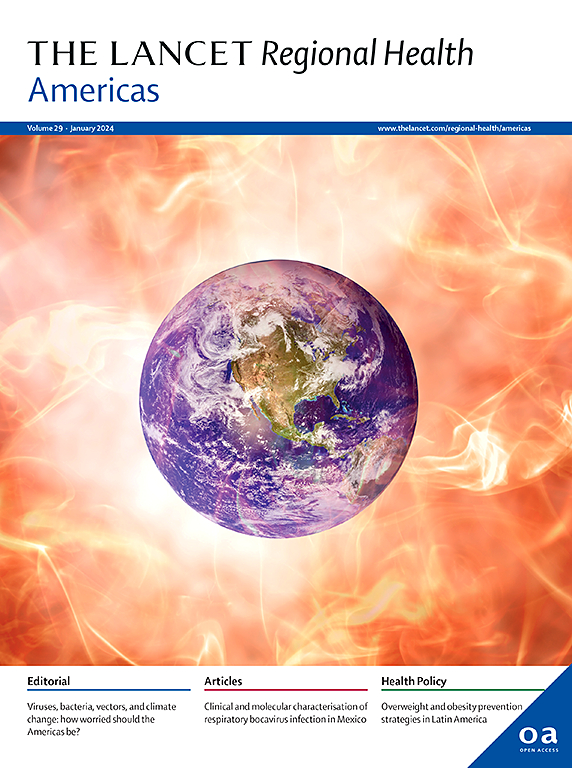Child abuse prevalence estimates in Canada; comparisons of nationally representative data from 2012 to 2022: a population-based study
IF 7
Q1 HEALTH CARE SCIENCES & SERVICES
引用次数: 0
Abstract
Background
Up-to-date nationally representative Canadian statistics on child abuse with a focus on sex, sexual identity, and age cohorts are overdue. The objective of the current study was to examine child abuse prevalence estimates (physical abuse, sexual abuse, exposure to intimate partner violence (EIPV), and any child abuse) among adult Canadians, associations with sex (male or female), sexual identity (heterosexual, lesbian or gay, bisexual, or other), and age cohort, and to compare data from 2022 with 2012.
Methods
Data were obtained from two Statistics Canada cross-sectional surveys: 1) the 2012 Canadian Community Health Survey-Mental Health (2012 CCHS-MH; n = 23,395; 18+ years) and 2) the 2022 Mental Health and Access to Care (2022 MHACS; n = 9409; 18+ years).
Findings
The prevalence of any child abuse in Canada in 2022 was 34.4%, which was significantly higher compared to 2012 (32.1%; p = 0.006). Among the youngest respondents (18–27 years), the prevalence of any child abuse had also increased from 21.7% in 2012 to 26.8% in 2022 (p = 0.002). Sex and age cohort differences were noted. In addition, those identifying as other than heterosexual generally had increased odds of child abuse experiences (Adjusted Odds Ratios ranging from 1.48 to 3.12).
Interpretation
The retrospective self-reported prevalence in 2022 was 2.3 percentage points higher compared to 2012. There continues to be a widespread need to develop approaches focusing on child abuse prevention and response, and to ensure that providers receive training in how to recognize and respond safely to family violence, including child abuse.
Funding
Canadian Institutes of Health Research and Canada Research Chair.
求助全文
约1分钟内获得全文
求助全文
来源期刊

Lancet Regional Health-Americas
Multiple-
CiteScore
8.00
自引率
0.00%
发文量
0
期刊介绍:
The Lancet Regional Health – Americas, an open-access journal, contributes to The Lancet's global initiative by focusing on health-care quality and access in the Americas. It aims to advance clinical practice and health policy in the region, promoting better health outcomes. The journal publishes high-quality original research advocating change or shedding light on clinical practice and health policy. It welcomes submissions on various regional health topics, including infectious diseases, non-communicable diseases, child and adolescent health, maternal and reproductive health, emergency care, health policy, and health equity.
 求助内容:
求助内容: 应助结果提醒方式:
应助结果提醒方式:


